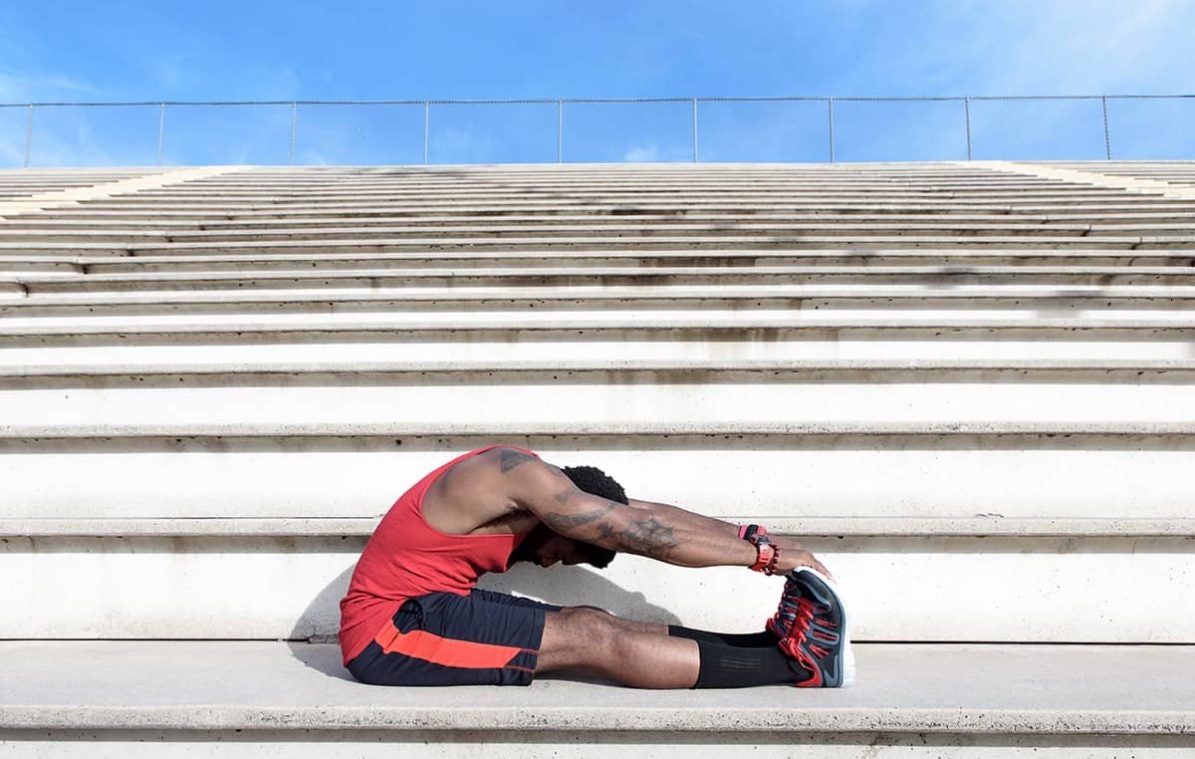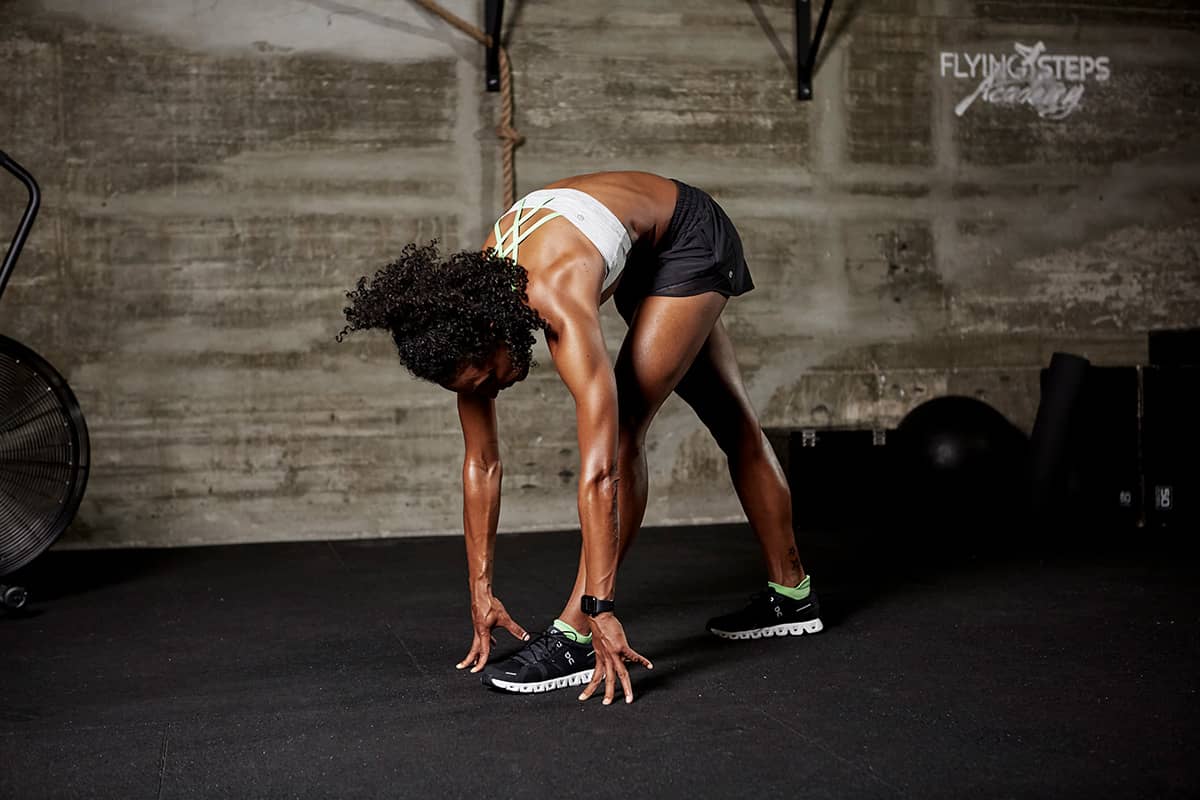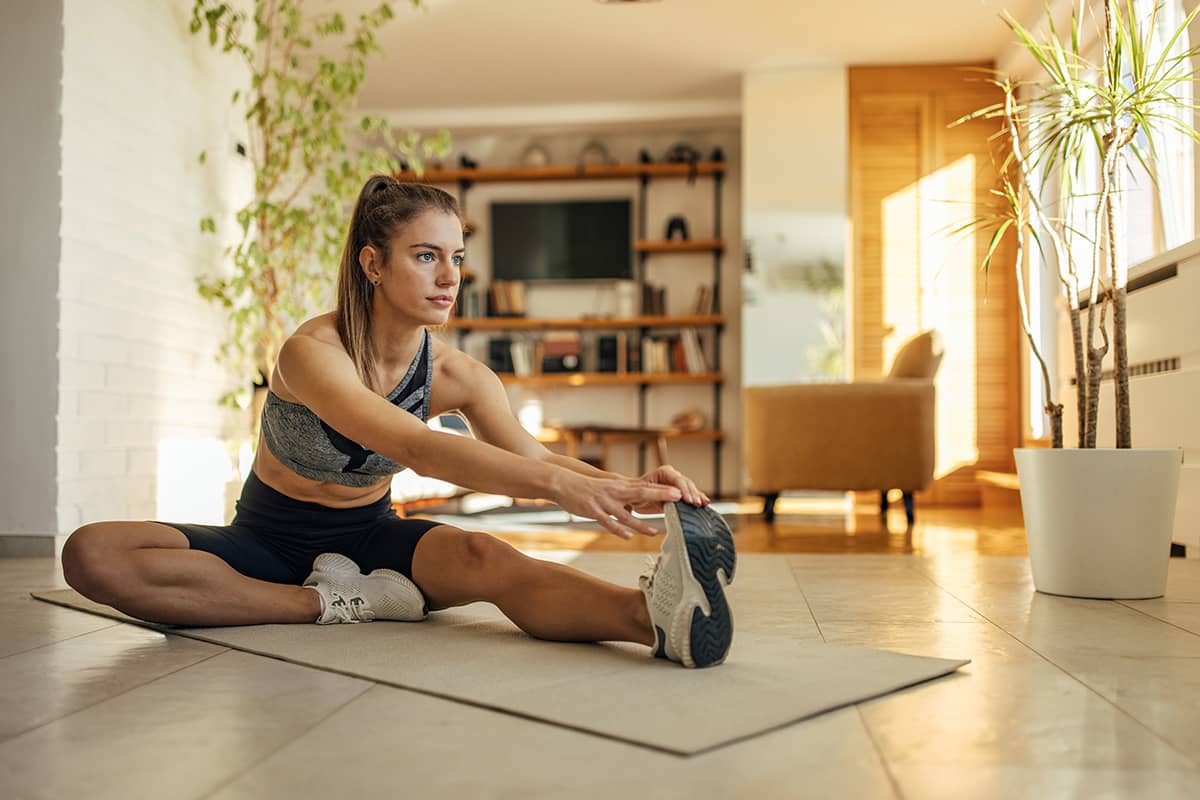For a Strong Performance: Why You Should Never Neglect Your Hamstrings
 ©Kolostock
©Kolostock
In everyday life, we use our legs as a matter of course, whether it’s for walking, cycling, or working out in the gym – and we tend to forget that our hamstrings are a sensitive muscle group that we need to keep in good condition. When it comes to your hamstrings, stronger is most definitely better. And that includes following a regular stretching program. We show you 5 effective stretching exercises and explain why you should integrate them into your training routine.
Why should you stretch your hamstrings?
We tend to overlook our posterior thigh muscles, which include the hamstrings, and we spend far too little time stretching them. Yet these muscles play a very important role in many sports and can even significantly increase your performance during training. Our ischiocrural muscles play a key role in bending our knees and extending our hips – and that means they provide the necessary power for all sports involving stop-and-go movements – including tennis, sprinting, soccer, badminton, and boxing. Looking after our posterior thigh muscles will therefore benefit any actions that require us to move fast and slow down abruptly.
And a study involving Swedish soccer players that was published in the “British Journal of Sports Medicine” also found that avoiding hamstring injuries is easier if the posterior leg muscles are stretched properly. To conduct the study, the athletes were divided into a training group and a control group. While the training group completed specific hamstring training lasting ten weeks, in addition to normal soccer training, the control group simply continued training as usual. In addition to a significant improvement in running speed and increased strength in the posterior thigh muscles, the results also documented a significant decrease in hamstring injuries over the course of the training group’s 10-month study period.
Healthy hamstrings also influence our everyday lives and people who spend a lot of time sitting will also benefit from a regular stretching program. According to a study published in the “Saudi Journal of Sports Medicine”, frequently spending time sitting at a desk can weaken the hamstrings, as it causes them to contract and shorten in the long term. This makes doing stretching exercises with a suitable counter-movement all the more important to strengthen posterior thigh muscles and support a healthy back. As part of a study published in the “International Journal of Industrial Ergonomics“, scientists found that subjects achieved significantly better mobility in their lumbar vertebrae by stretching their hamstrings for 40 seconds. The study authors therefore recommend that anyone who spends long periods sitting at their desks should incorporate even short stretching exercises for their posterior thigh muscles into their everyday lives.
5 Stretching Exercises for Hamstrings
Are you ready? Then you can make lasting positive changes to your hamstrings with our 5 exercises. It pays to stick with it!
#1 Standing Toe Touch
Stand up straight with your feet hip-width apart,
then bend forward and try to touch your toes with both hands. Go down far enough that you feel a stretch in the back of your legs. Be sure to keep your legs as straight as possible.
Try to go a little deeper into the stretch with each inhalation. When you reach the lowest point, hold your position for 15 to 30 seconds before returning to your upright starting position.
#2 Rotating Foot Tap
Stand with your feet slightly wider than hip-width apart and extend your arms out to the side at shoulder height.
Keeping your legs straight and arms in a line, rotate your torso to the right and downward, and touch the tips of the toes on your right foot with your left hand. The back of your left thigh will probably be burning slightly by now due to the stretch. Hold this position for 15 to 30 seconds before returning to your upright starting position.
Repeat this stretch on your left side, rotating your torso to the left and downwards, and touching your left foot with your right hand.
#3 Standing Thigh Stretch
Stand upright with your feet hip-width apart again. Place your right heel on the floor in front of you, leg extended and foot flexed so that your toes are pointing up. Bend your standing leg slightly.
Now slowly lean forward (keeping your back as straight as possible) until you feel a stretch in the back of your right thigh. Rest your hands on your left thigh.
Again, hold this position for 15 to 30 seconds, then gently release and repeat this stretch on the other side.

#4 Extended Triangle Stretch
For this stretch, you should again stand upright with your feet hip-width apart. Step your right foot out to the side, turning it out so that your toes are pointing outward.
Extend your arms out to the side at shoulder height, rotate your torso to the right and downward, then try to touch the floor with your left hand while reaching your right arm up toward the ceiling. Depending on how flexible you already are, your hand will touch the floor either in front of or behind your foot.
Again, hold this position for 15 to 30 seconds, then switch sides.

#5 Seated Single-Leg Stretch
Sit on the floor and extend your right leg, bending your left leg so that the sole of your left foot touches the side of your right knee and your left knee drops out and down toward the floor.
Make sure that your spine stays straight and lean forward over your right leg until you feel a stretch in the back of your right thigh. Try to place both hands as far forward as possible, preferably level with your right foot. Keep your leg extended on the floor as straight as possible.
Hold for 15 to 30 seconds, ease your way out of this position, switch sides and then extend your left leg on the floor.
More interesting articles from foodspring:
- All About Stretching: Your next performance booster
- An All-Encompassing Guide to Mobility and Stretching for Runners
- Pigeon pose: do’s and don’ts
Sources for this article
We at foodspring use only high-quality sources, including peer-reviewed studies, to support the facts within our articles. Read our editorial policy to learn more about how we fact-check and keep our content accurate, reliable, and trustworthy.





























